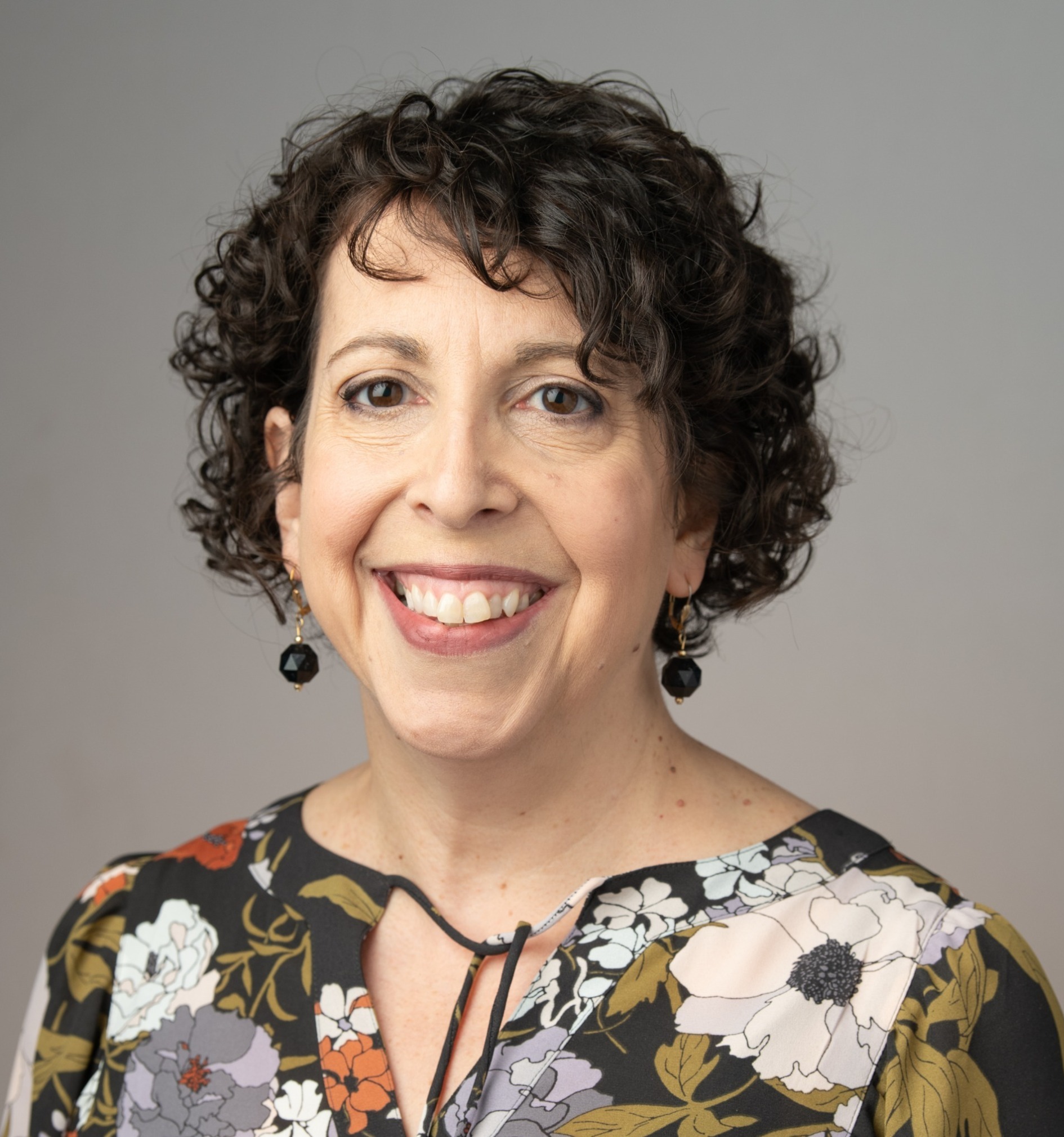How Many Resumes Do I Need?
- Elyse Pipitone

- May 18, 2021
- 3 min read
Updated: Jul 13, 2021
Most job seekers will revise their resumes numerous times during their work life, updating and deleting as necessary. All career experts agree that the key to a targeted resume is including keywords – ideally ones that match those in the job listing’s description. But how many different resumes does the average job hunter need in today’s employment market?
That depends on who you ask. The short answer: one resume definitely does not fit all. The longer answer is more complicated. You may need several different resume versions, depending on your career goals and professional background. In fact, some career experts suggest that you tweak your resume for each individual job, as you would a cover letter. While this is the ideal scenario, it’s not very realistic from a time/energy standpoint.
At the very least, you should have two resumes:
1) A “kitchen sink” resume, otherwise known as an exhaustive or all-inclusive resume. A kitchen sink resume is a document containing all of your work history in one place: every job, accomplishment, award or honor, every publication or research paper/project, every education, training, or certification, every license and professional affiliation, every volunteer experience, every language, population and demographic served, every therapeutic technique provided, and every computer program and technical skill.
Employers won’t see this version, so it doesn’t have to be pretty, and it can be multiple pages in length. Its main objective is to serve as a vessel for holding all of your professional work experience in one place. The more details, the better. You can then pick and choose which of your experience and expertise should be cut and pasted into your new resume to apply for that job of your dreams.

2) An up-to-date resume containing your most recent employment and other relevant work history. This resume should be culled from the “kitchen sink” version and focus on the skills and experience that employers are seeking. If you’re not sure what some of those perfect words might be, search on Indeed.com or LinkedIn for jobs that you are interested in. What are the qualifications/requirements listed? If they are qualities you have, they should be highlighted in your work experience.
I also recommend including a “Skills” section at the top of your resume (before the work history) that accentuates the expertise and specialties you bring to the field. This is a short, bulleted list that employers can skim quickly to help them determine that you are a great candidate – and that they should keep reading.
This resume should not list every job you’ve ever had, unless you’re a recent graduate or are new to the workforce. Even then, if you are transitioning to your second or third career, you don’t want to list every previous job unless they feature skills that are transferable to your new occupational path. For instance, if you are a mid-life career changer with previous experience as a communications professional, you should tout your excellent writing and presentation skills, both of which are highly sought-after in (and transferable to) any other field.
No matter which resume (or resumes) you choose, the end result should be a document that narrates your employment story, while broadcasting the breadth and depth of your skills and experience. Most importantly, it should be one that you feel represents you as a professional.
Need help writing or updating your resume? Looking for a resume critique?
Contact Blooming Careers at elysecareersuccess@gmail.com or 617-461-9516.



Comments